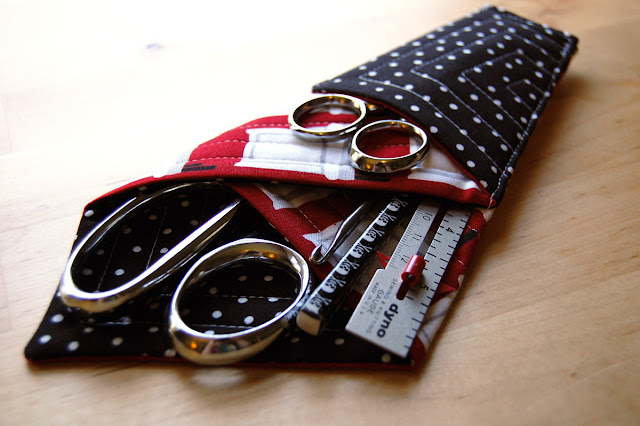Meet My Singer 101-4
Meet the latest addition to my vintage sewing machine collection, a Singer 101-4.
Singer advertisement featuring the 101 series from 1930.
I picked her up from a thrift store in February of last year. She was in a cabinet that was totally messed up, and needed to be rewired.
I didn't know anything about it when I bought it, and had never seen anything like it. With the machine's serial number I discovered the model was a 101-4, with an allocation date of January 1930. Some information online is contradictory or vague, but I will share what I know for sure about the elusive Singer 101 models.
Singer 101-4 on the cover of a Singer Sewing Library booklet No. 1 published in 1929.
Previous to the 101 models, machines were manufactured to work either with human power (treadle or hand crank), or electricity with the addition of an external motor and belt. The earliest Singer machines manufactured were made before the possibility of electric motor power, and are only equipped to run with a treadle belt or hand crank (like my 15-30).
Later, Singer started adding in a motor mount molded into the side of the machine below the hand wheel that allowed for the sturdy addition of an electric motor. This also allows vintage and antique machines to be turned into a hand-crank with those new-style Chinese made hand-crank attachments (like my 66).
Singer advertisement dated 1930.
Model 101-4 was a cast iron body machine sold in a cabinet with a knee activated control. It was a machine "for family use with a horizontal rotary sewing hook that makes the lock stitch. It is especially designed for operation by electricity, having an efficient electric motor built in the back of its arm, the speed of the machine being controlled by means of a knee lever. It is also equipped with the electric Singerlight." The average cost of the Singer 101-4 was $178.00 in the mid 1920's.
Illustration from Singer Sewing Library booklent No. 2, published in 1930.
Model 101-12 was "the same as Machine 101-4 except that the heavy parts are made of aluminum which reduces the weight of the machine to the minimum so that it is easy to carry."
According to records, the 101 series was manufactured from about 1920 to about the mid 1930's (I have found differing date ranges online), with an average of 20,000 machines manufactured each of those years. As a comparison, the Singer 201 was manufactured from about 1935 through 1963, with many more hundreds of thousands made. I've read that the high cost of the 101 series, along with the fewer numbers manufactured, has made this an elusive model to find in the wild. Which is why I've never, ever seen one before.
Tom helped me rewire the machine from the light to adding a foot control and new power cord. Then we cleaned her up inside and out, and did a bit of customizing to the base so she'd fit better.
There are some big differences in this model and it's next generation, the 201.
The stitch length selector is on the bed of the machine. It has a numbered, ticked dial that clickety-clicks very nicely when changing the stitch length. This machine also creates some of the smallest, finest stitches I've ever seen on a vintage machine.
Instead of accessing the inner workings underneath the machine, the 101 has a bed that unscrews and comes off.
The tension knob is the plain style, no numbers or markings.
And the bobbin is the same as the 201, although it is a bit easier to access on the 101.
Here's a snippet of me doing a bit of sewing to test her out. She sews sooooo smoothly! And as far as VSM's go, she's very quiet.
I'm smitten with this machine, it's so pretty. I set the 101-4 up at my window sewing spot and hope to do a bit of stitching with her soon!
Thanks for stopping by! Cheers and stay well - Erika
















Comments
If I wanted to sell this machine, what would you suggest?
Hope you even see this response. Thanks for your time. Happy sewing.